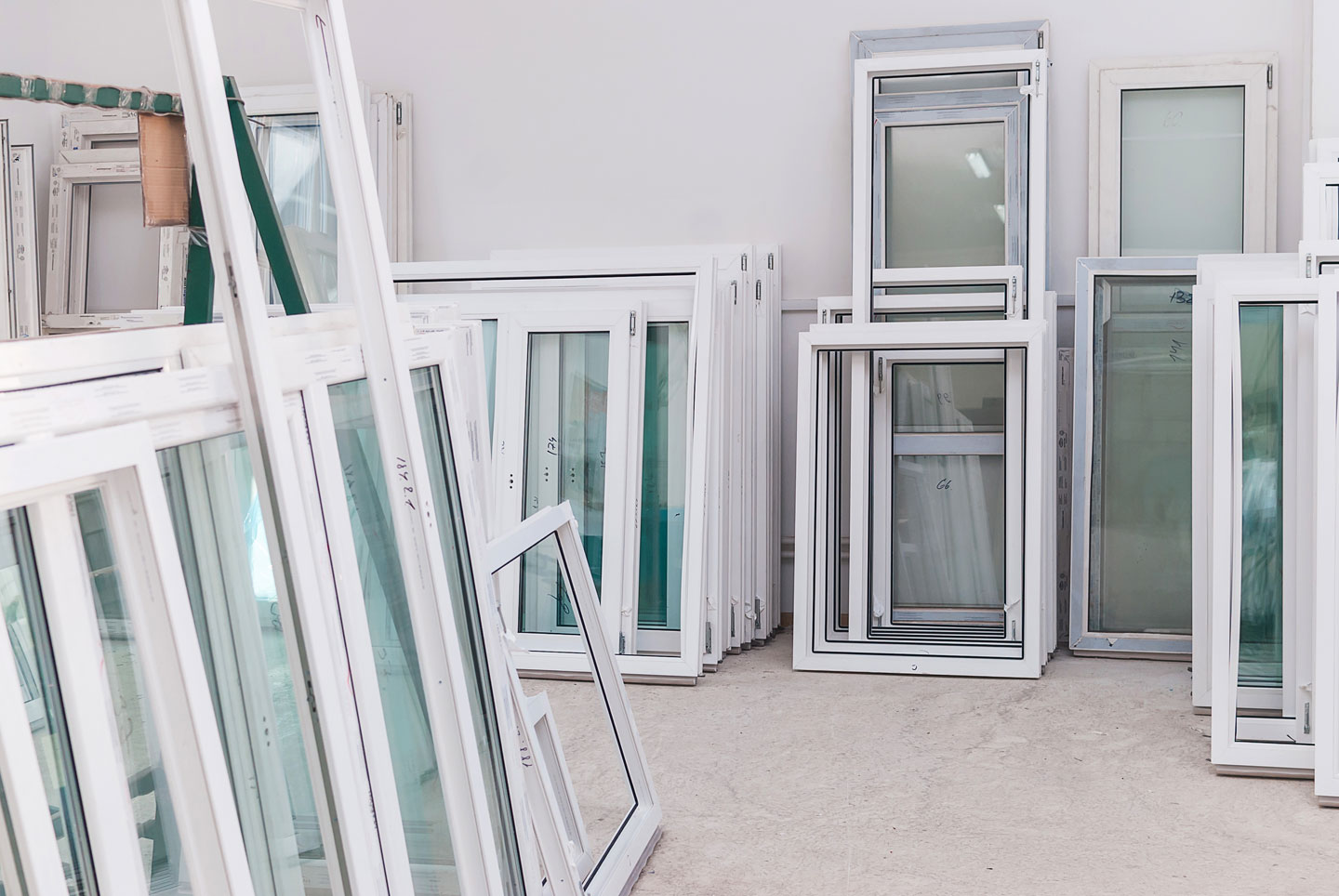
How to Choose the Right Window Installation for Your Global Supply Chain
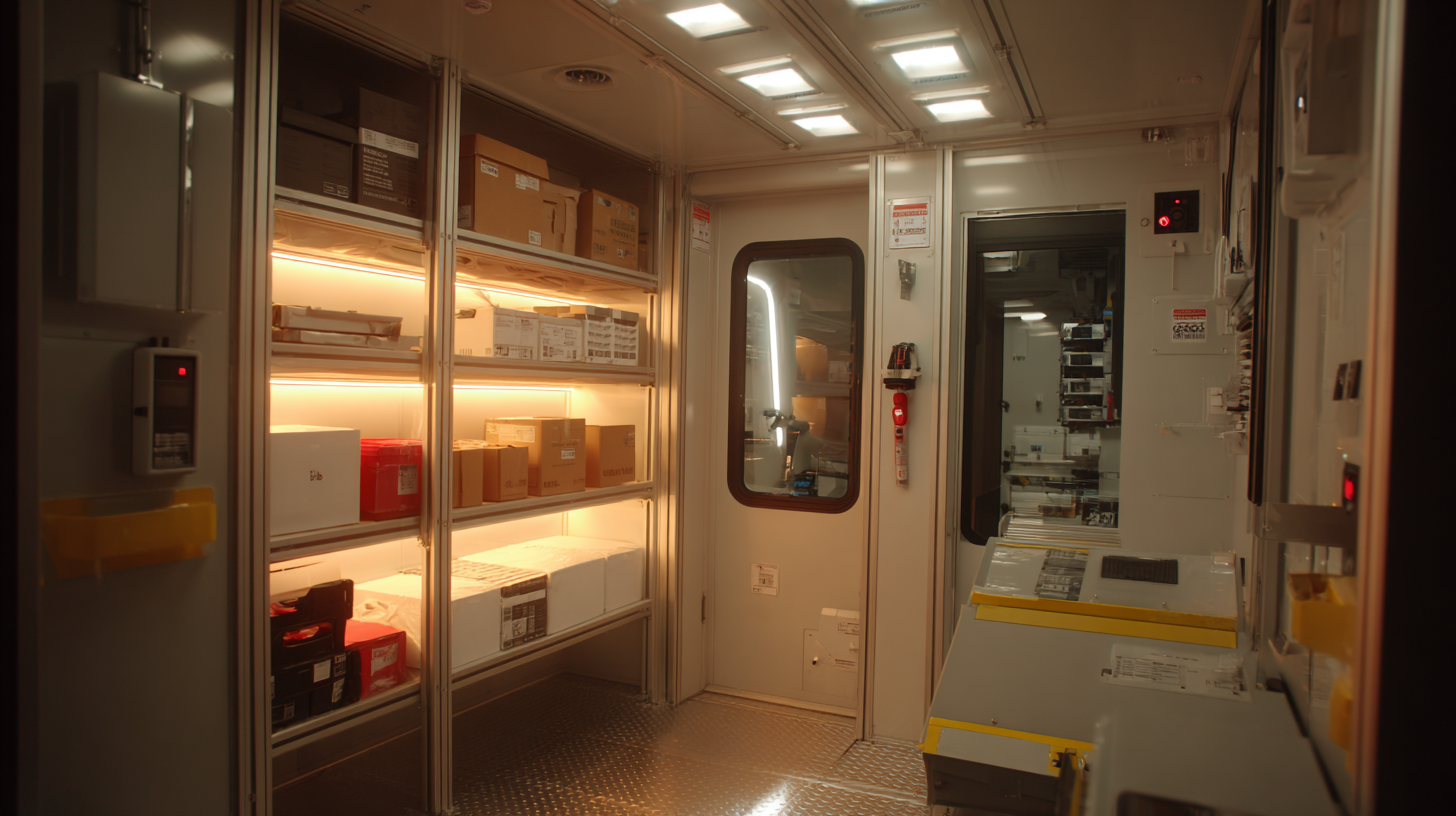 In today's global supply chain landscape, selecting the right window installation is more critical than ever. According to a report by the Global Association of Suppliers, over 70% of supply chain disruptions in the construction industry can be traced back to inadequate installations and sourcing issues. As businesses strive for efficiency and quality, understanding the nuances of window installation—including material selection, supplier reliability, and compliance with international standards—becomes paramount. The increasing emphasis on sustainability and energy efficiency, as detailed in the World Green Building Council's 2023 report, further underscores the need for proper installation practices. By choosing the appropriate window installation method, companies can not only enhance their operational resilience but also contribute to greener building practices, thereby aligning with market demands and regulatory frameworks.
In today's global supply chain landscape, selecting the right window installation is more critical than ever. According to a report by the Global Association of Suppliers, over 70% of supply chain disruptions in the construction industry can be traced back to inadequate installations and sourcing issues. As businesses strive for efficiency and quality, understanding the nuances of window installation—including material selection, supplier reliability, and compliance with international standards—becomes paramount. The increasing emphasis on sustainability and energy efficiency, as detailed in the World Green Building Council's 2023 report, further underscores the need for proper installation practices. By choosing the appropriate window installation method, companies can not only enhance their operational resilience but also contribute to greener building practices, thereby aligning with market demands and regulatory frameworks.
Understanding the Importance of Window Installation in Global Supply Chains
Effective window installation is crucial for optimizing global supply chains, serving as a strategic component that can significantly impact operations efficiency and productivity. As businesses expand their operations internationally, they face various challenges related to logistics, compliance, and environmental impact. According to a report by McKinsey & Company, companies can lose up to 20% of their operational efficiency due to inadequately implemented installation processes, highlighting the need for precise and well-coordinated installations.
Moreover, a well-executed window installation not only enhances the aesthetic and functional aspects of a facility but also plays a pivotal role in energy efficiency. According to the U.S. Department of Energy, proper window installations can reduce energy costs by up to 25%, making a considerable difference in large-scale manufacturing and distribution centers. By maximizing insulation and sealing, companies can minimize heating and cooling expenses while also complying with increasingly stringent environmental regulations, further solidifying their competitiveness in the global market. Thus, investing in the right window installation is not merely an operational choice but a strategic move that supports sustainable growth in complex supply chains.
How to Choose the Right Window Installation for Your Global Supply Chain - Understanding the Importance of Window Installation in Global Supply Chains
| Aspect | Details | Importance |
|---|---|---|
| Material Selection | Choosing appropriate frame and glazing materials that meet durability and energy requirements. | Critical for long-term performance and energy efficiency. |
| Installation Standards | Adherence to local and international installation standards and practices. | Ensures safety, compliance, and reduces the risk of future issues. |
| Supplier Reliability | Evaluating the track record of suppliers for timely delivery and quality. | Essential for maintaining project timelines and minimizing disruptions. |
| Cost Forecasting | Analyzing initial and long-term costs, including maintenance and energy use. | Important for budgeting and financial sustainability. |
| Sustainability Practices | Incorporating sustainable materials and practices in window installation. | Enhances brand image and meets regulatory requirements. |
| Post-Installation Support | Availability of maintenance and support after installation. | Vital for long-term satisfaction and performance of the windows. |
Key Factors to Consider When Selecting Window Installation Methods
When selecting window installation methods for your global supply chain, several key factors must be considered to ensure efficiency and effectiveness. One of the primary aspects is understanding the geographic locations of your installations. Different regions may have varying climate conditions, building regulations, and installation challenges that can significantly impact the choice of materials and techniques.
Tips: Assess local climate conditions thoroughly to choose window materials that offer the best insulation and energy efficiency. Additionally, familiarize yourself with regional building codes to ensure compliance, reducing the risk of costly delays and rework.
Another crucial consideration is the scalability of your installation methods. As your supply chain expands, you'll need installation solutions that can adapt to increased demand without sacrificing quality or performance. The choice between prefabricated versus site-built windows can greatly influence scalability.
Tips: Consider partnering with manufacturers who offer modular solutions that can be easily deployed across multiple locations. This strategy can streamline operations and provide consistency in quality, regardless of location. Ensure that the training and support for installation teams are robust to maintain high standards across the board.
Comparative Analysis of Traditional vs. Modern Window Installation Techniques
When evaluating window installation techniques for a global supply chain, a comparative analysis of traditional versus modern methods reveals significant differences in efficiency and sustainability. Traditional window installation often relies on time-consuming manual labor and less environmentally friendly materials. According to a report by the International Window and Door Manufacturers Association (IWDMA), traditional methods can increase installation time by 20-30%, potentially delaying project timelines and incurring higher labor costs. Furthermore, these methods typically generate more waste, contributing to sustainability challenges within the industry.
In contrast, modern window installation techniques leverage advanced technologies such as prefabrication and modular construction. A recent study by McKinsey & Company highlighted that prefabrication can reduce installation time by up to 50%, allowing for faster project completion and improved resource management. Additionally, these modern methods often incorporate energy-efficient materials and practices, aligning with the growing global emphasis on sustainable development. The same study noted that companies adopting these innovative techniques are seeing a 15-20% increase in overall project margins, making them a more economically viable option for businesses looking to optimize their supply chains.
Best Practices for Streamlining Window Installation Across Different Markets
When considering window installation across different markets, it's essential to implement best practices that enhance efficiency and reduce costs. The global shift toward cloud-based solutions and distributed storage systems indicates that managing data effectively is crucial. According to IDC, the worldwide market for computing is anticipated to evolve into a nearly $20 trillion ecosystem by 2023. Such growth emphasizes the importance of streamlined operations, especially in window installations, where technologies can facilitate better data management across borders.
**Tips:** Invest in integrated software solutions that allow real-time collaboration among teams to mitigate communication gaps. Adopting cloud-based project management tools ensures that all stakeholders remain informed, regardless of their location.
Additionally, adapting to local regulations and market conditions is vital. Market research indicates that tailored approaches to installation can significantly increase customer satisfaction and compliance. By gathering insights on regional preferences, companies can optimize their installation processes while adhering to local guidelines.
**Tips:** Establish local partnerships to better understand and navigate regional complexities. This not only speeds up the installation process but also enhances the overall service experience.
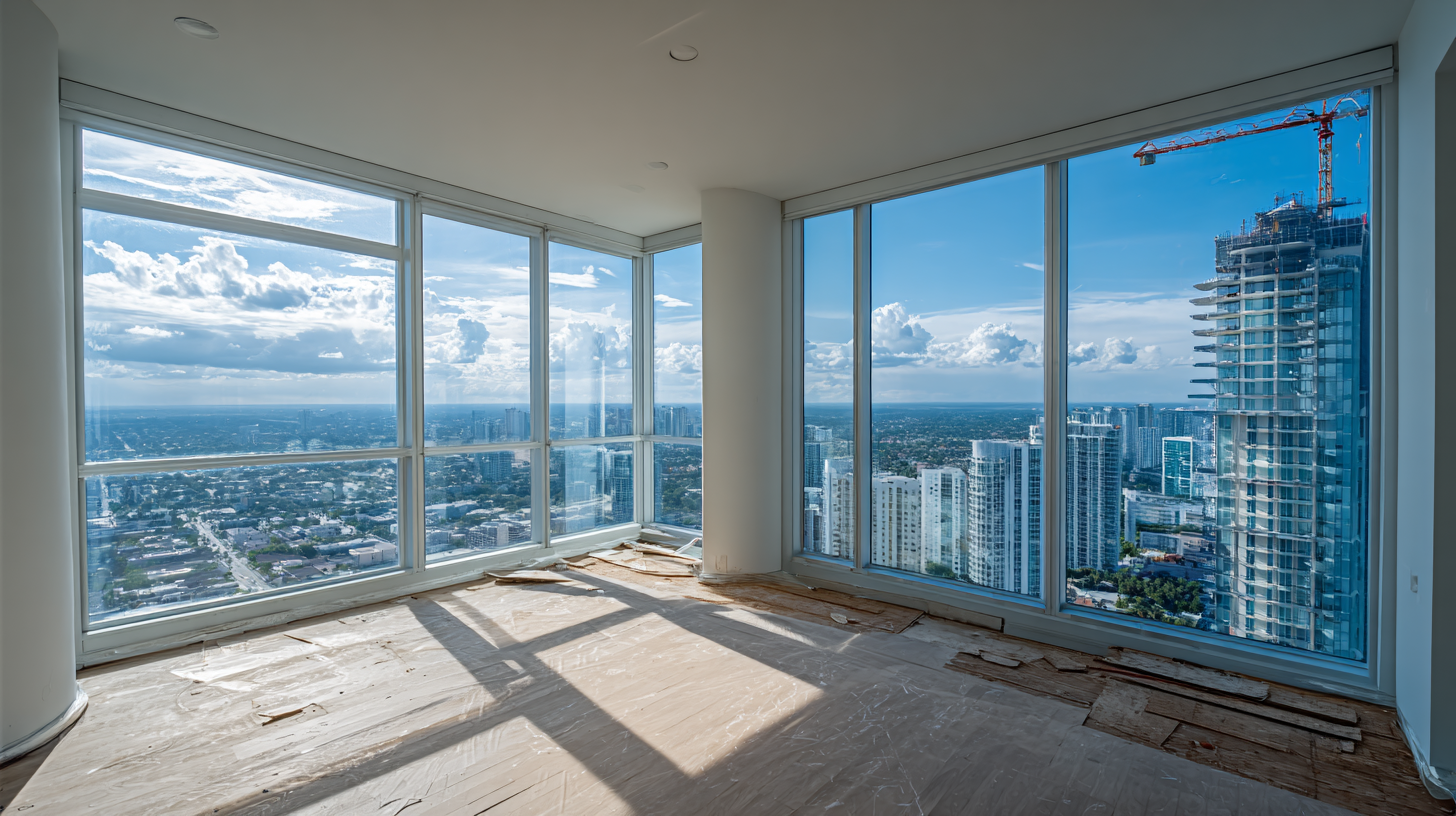
How Technology Enhances Efficiency in Window Installation for Global Supply Chains
When it comes to window installation for your global supply chain, leveraging technology can significantly enhance efficiency and reduce costs. Advanced software solutions like Building Information Modeling (BIM) allow companies to visualize projects in 3D, ensuring precise measurements and better planning. This reduces errors during installation, ultimately leading to a smoother workflow across various locations.
Tip 1: Invest in cloud-based project management tools. These platforms facilitate real-time collaboration among teams scattered across different regions, allowing for seamless communication and tracking of project milestones. This transparency helps prevent delays and ensures that all stakeholders are on the same page.
Tip 2: Consider automation technologies. Integrating automated machinery in the installation process can accelerate production times and improve safety. For instance, robotic systems that assist with the lifting and positioning of window frames can minimize manual labor and reduce the risk of workplace injuries.
Implementing these technological solutions not only optimizes the installation process but also supports the overall efficiency of your global supply chain, allowing for timely deliveries and enhanced customer satisfaction.

Related Posts
-
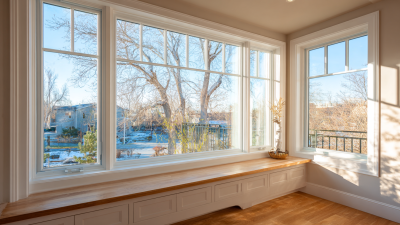
The Future of Best Window Installation Trends Shaping Energy Efficiency Standards
-
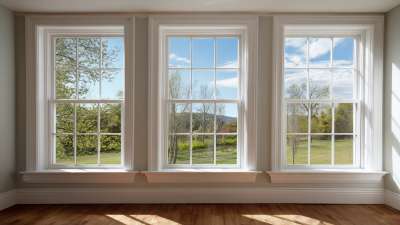
The Advantages of After Sales Support for Best Single Hung Vinyl Windows and Their Repair Costs
-

Advantages of Choosing Single Hung Vinyl Windows for Your Home
-

How to Choose the Best Windows and Patio Doors for Your Home
-
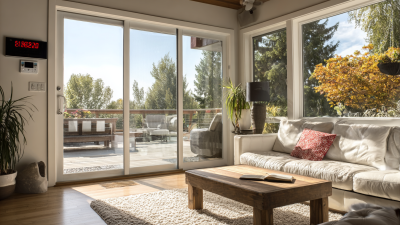
Exploring the 2025 Tech Trends for Best Sliding Glass Door Replacement with a Comprehensive Checklist
-
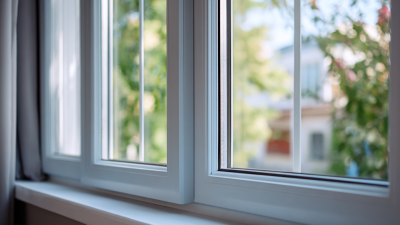
Global Trends in Vinyl Window Installation Market Analysis for 2025

